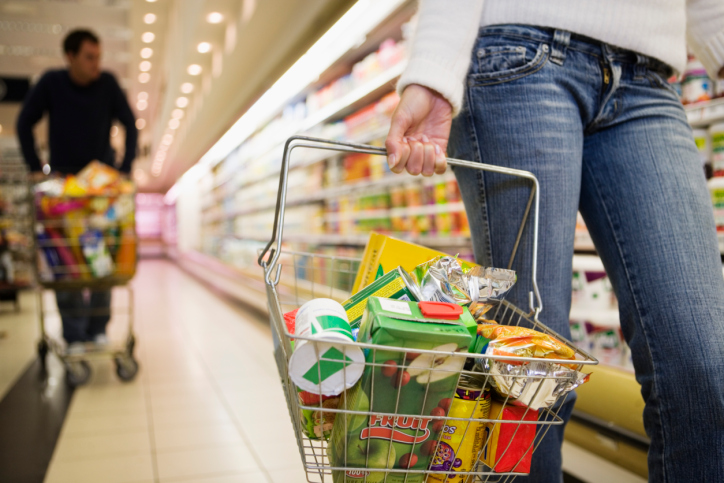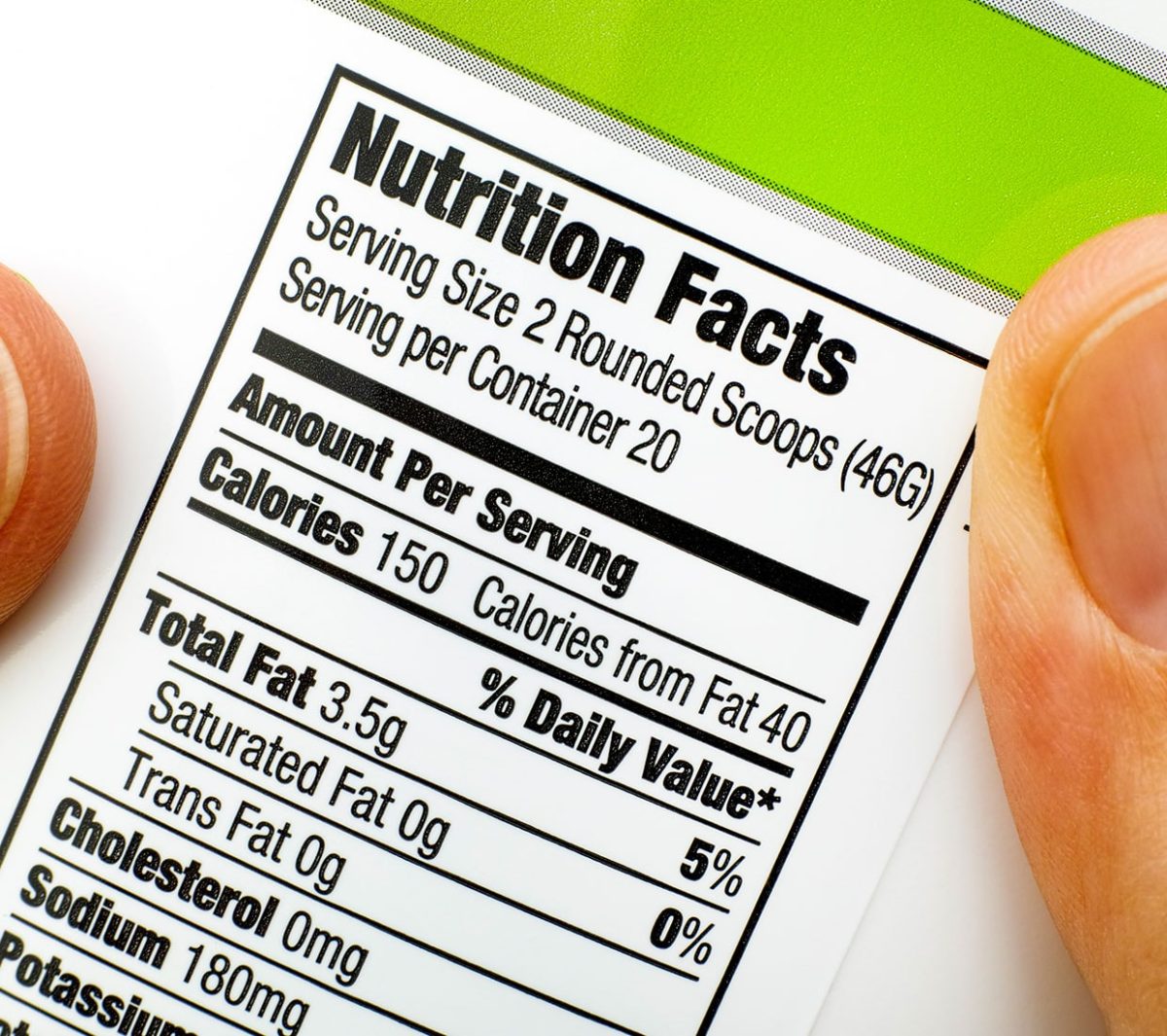Untrained eyes can find it difficult to understand the food labels on packaged foods. This is why many people don’t bother reading the nutritional information on the label and instead rely on what they claim.
Nutritional Labels for Weight Loss:
Do Not believe the claims made on the label
These terms are not regulated and therefore not verified. As an example. The “sodium free” label on a packet indicates that the food contained less than 5mg of sodium. “Low fat”, on the other hand, means that there are less than 3 grams fat per serving.
List of Ingredients
If you can’t pronounce any of the listed ingredients, don’t eat the product. Avoid alternatives to sugar (e.g. aspartame), and butter/fat substitutes (vegetable oil, margarine or palm oil). Avoid foods that contain artificial colours and flavors (usually Es).
Carrie Bonfitto, Health Coach and Founder of Two Hearts Nutrition says that manufacturers love to hide sugar to make you feel more satisfied with their products. Sugar is an enhancer of flavor, a preservative and it can make you gain weight! Sugar is in even so-called healthy products like yogurt, almondmilk, dried fruit and granola. Manufacturers use different names on labels to hide sugar.
Check the serving Size and calories/energy per serving
According to Holly Klamer, MS, RDN, Michigan-based Registered Dietitian Nutritionist (RDN) & writer with a According to Holly Klamer, MS, RDN, Michigan-based Registered Dietitian Nutritionist (RDN) & writer with MyCrohn’sandColitisTeam. The serving size of the food may not reflect how much you consume. When eating more than the recommended serving size, the nutritional information will be higher than what is shown on the package. If you eat less than the serving, the nutritional information will be lower (calories and fat, for example). “The nutritional information (calories, fat, etc.) will be lower.”
The percentage Daily Value (%DV), which appears on the right side of the food label, can also be confusing.
Holy says that “it does not reflect the percent of food which is made up of fat, cholesterol or carbohydrate.” It is the percent of nutrients that this food contains based upon total daily intake. She clarifies: “For example, a 5% DV of fat means that this food serving represents 5% of a recommended daily goal of fat intake, based upon 2,000 calories. These DV percentages may be higher or lower if you don’t consume 2,000 calories.
Avoid combinations of unhealthy sugar, fat and sodium.
If you’re unsure about something, avoid it. Diana Gariglio Clelland is a Registered Dietitian, Certified Diabetes Care Specialist and Registered Dietitian. She stresses that “Excess sugar added to the diet along with other lifestyle choices can cause insulin resistance and blood glucose problems. Insulin resistance can lead to weight gain and make it difficult to lose weight.
Reduce your intake of trans fats and saturated fats. These can increase cholesterol levels and your risk for heart disease. Monounsaturated, and polyunsaturated oils can lower cholesterol.
Avoid combinations to target weight loss.
Target products with less than 10% energy coming from sugars and carbohydrates.
Fiber is your best friend!
Beware of fake whole grain. Choose cereals, crackers, crackers, crackers, and pasta that contain at least 2 grams per serving of fiber.
Other names for sugar on labels
Cane, syrup, malt, maltodextrin, molasses, honey, caramel, starch, turbinado, fruit juice, natural flavors, sucrose, maltose, dextrose, fructose, glucose, galactose, lactose, diastase, diastatic malt, ethyl maltol.
The Nutrition Facts list these hidden sugars as Added Sugars. It can be difficult to remember how many grams are OK in a day, and then add up all of the products that you eat. One simple rule is much easier.
Health coach,Bonfitto, concludes her experience by saying “If you avoid any product that has any words for sugar as the first three ingredients, you can keep your sugar intake down and your waistline thin.”







